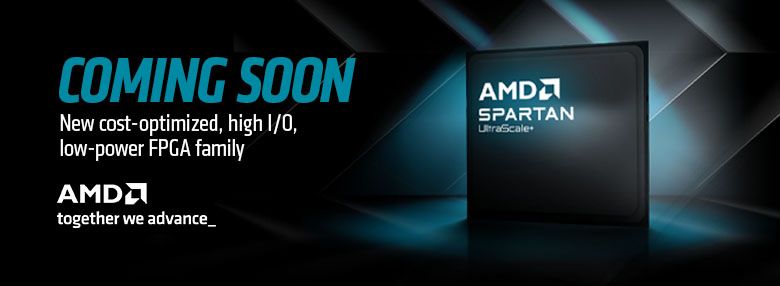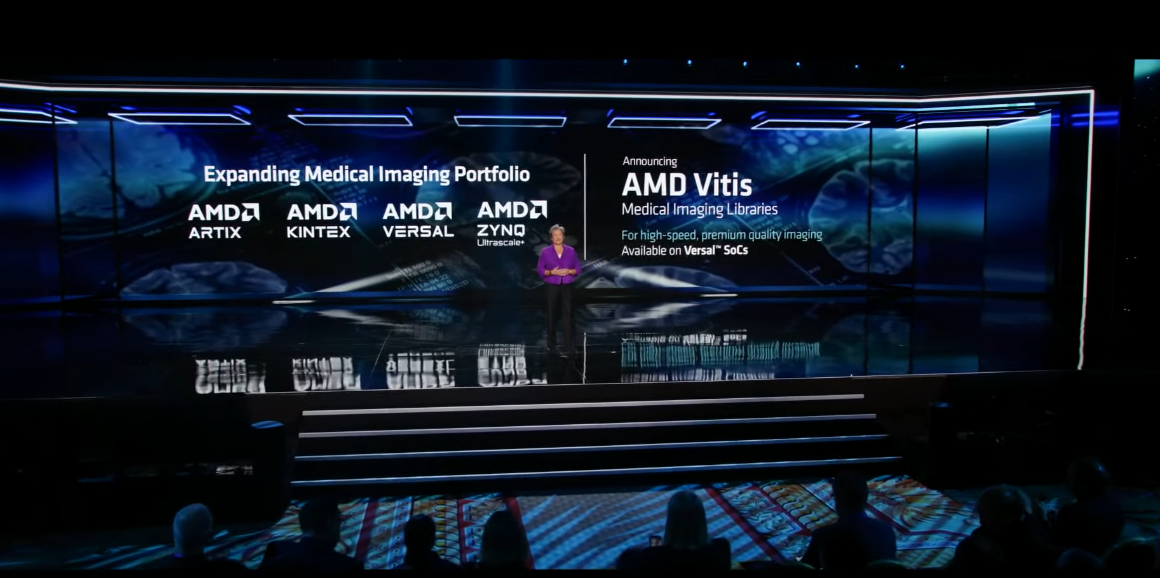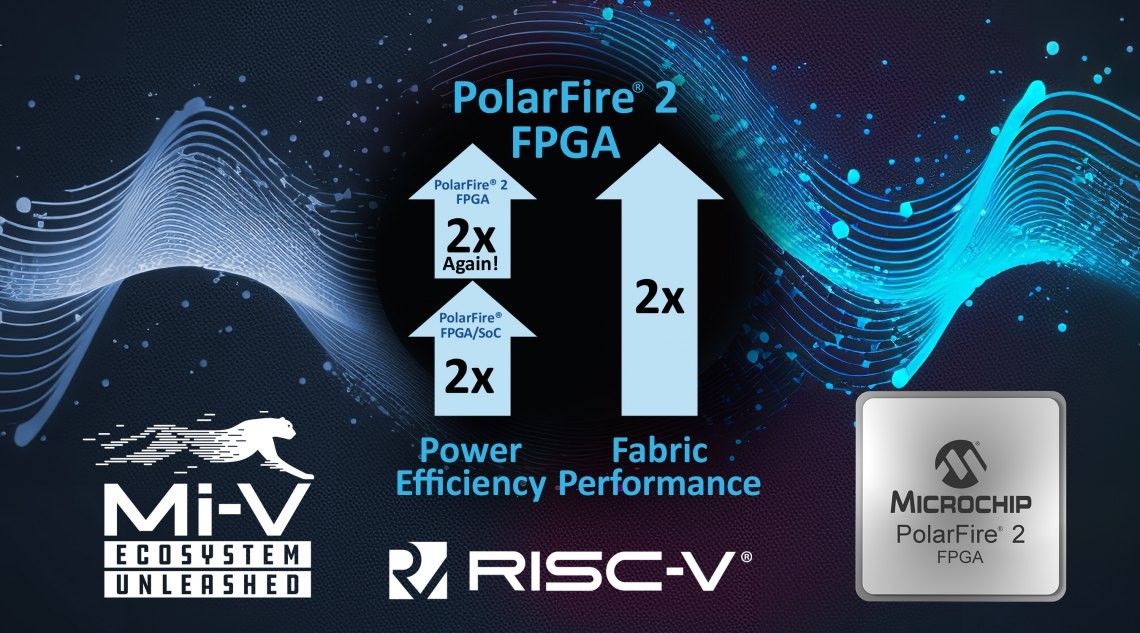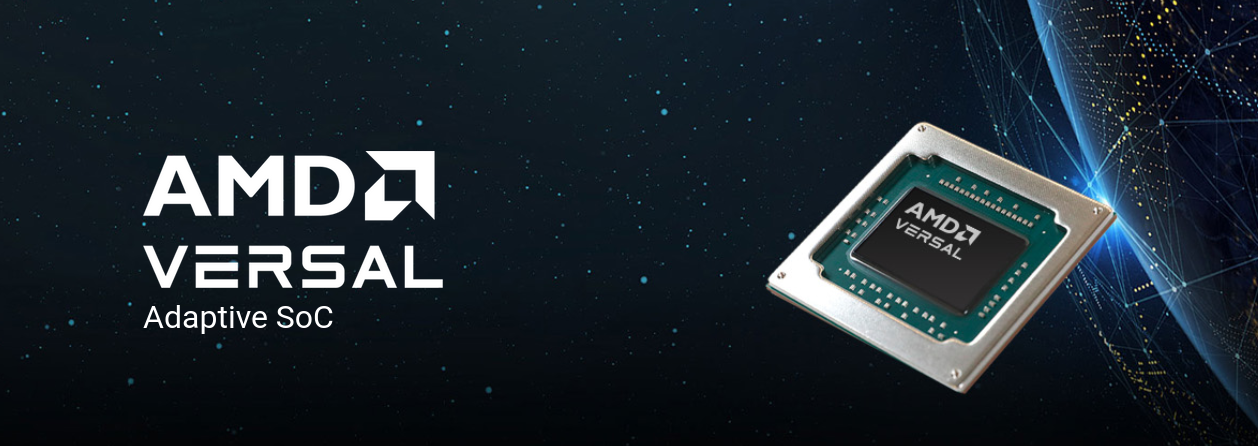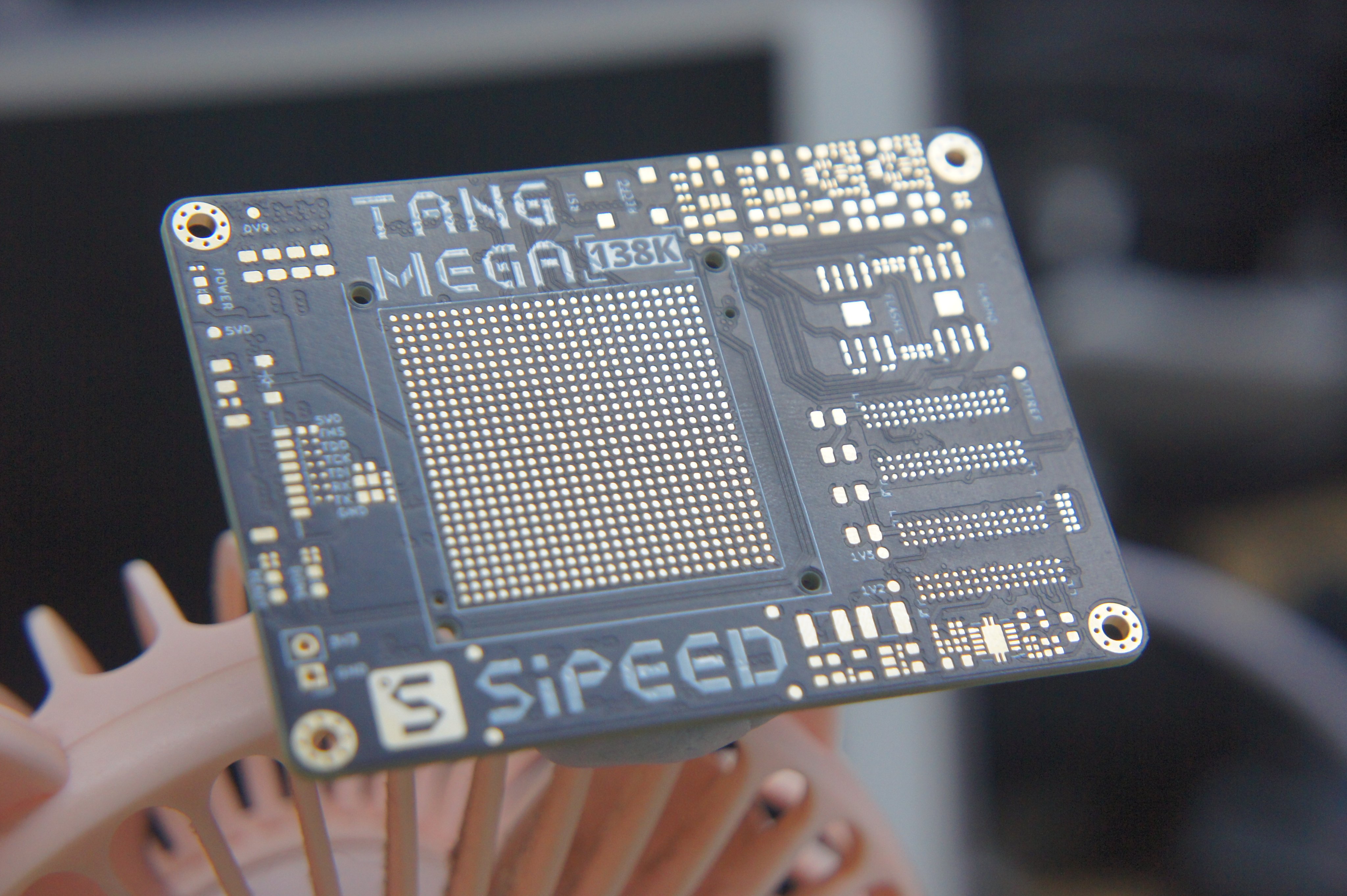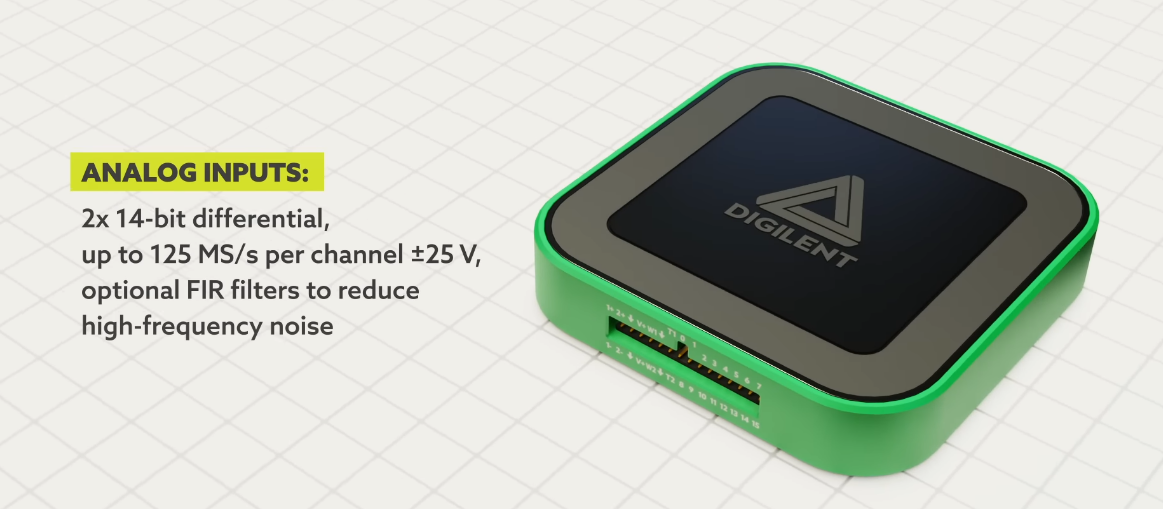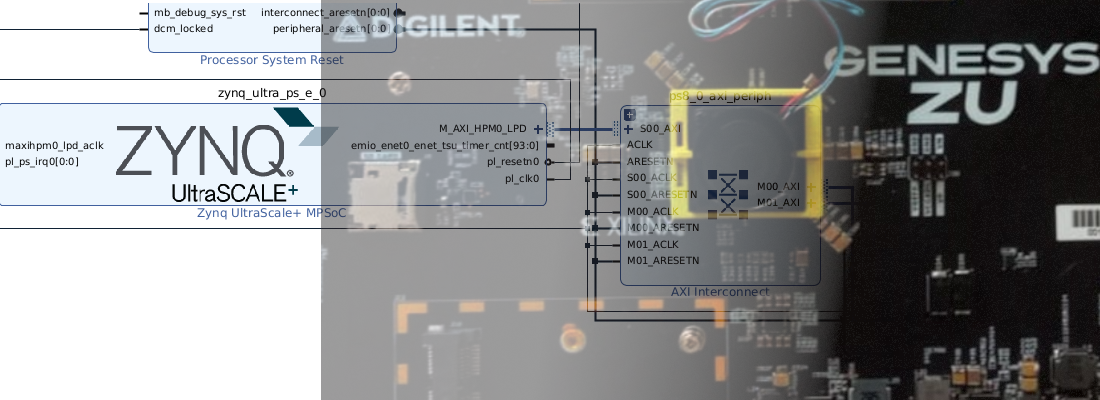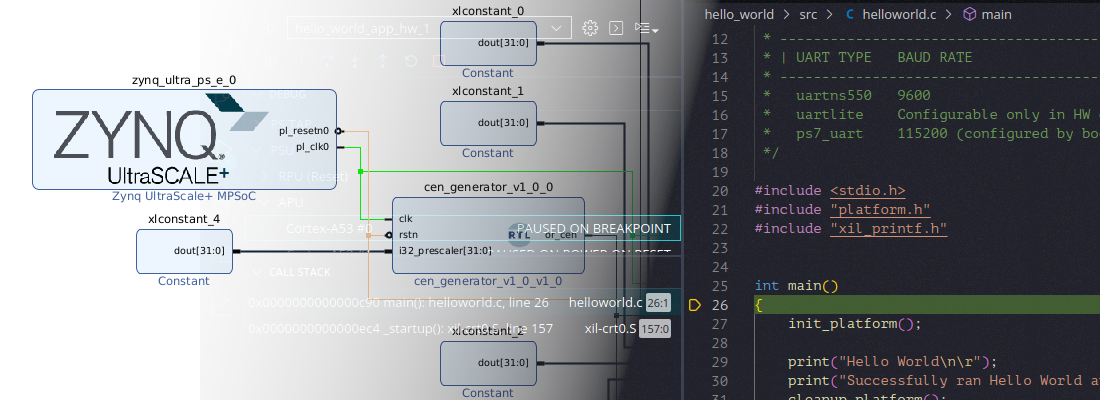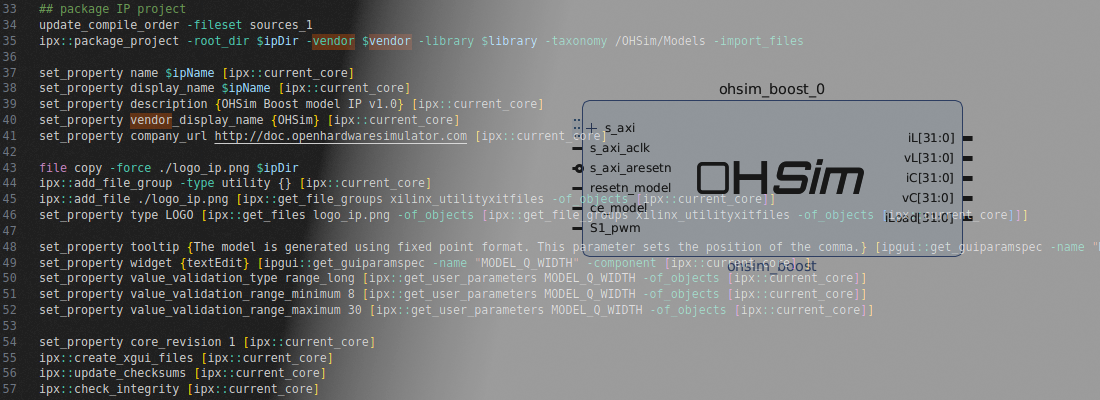The Gate Array News 2023.
Another season is coming to an end. This season in controlpaths.com have been published 24 articles talking about SDR, developing designs for Microship’s PolarFire SoC, implementing designs in the cloud and also a great collaboration with Speedgoat (SPOILER: This will continue this season with bigger models and bigger designs). Besides the content of the blog, this season the appearance of the blog has changed at all. The blog has been migrated from WordPress to Jekyll, which allows me total control of how the content is shown, and also something very important for this blog, the code blocks, which now have a highlighter that makes the code easy to be read, and also, easy to be written. Regarding the security, mine and yours, all the blog code is on a git repository, and you don’t have to download cookies for read it.
Besides the changes in the blog, this season in the FPGA world also there were some changes, and I want to use the last post of the season to recap some news that I think are relevant for me and also for the readers.
Spartan7 Ultrascale announcement.
The first news I want to talk is the announcement of a new member in the AMD UltraScale + family, the Spartan 7 Ultrascale+. When I read this note a few months ago, the first I thought was, who needs this? is not enough with the Artix7 UltraScale+? Then, browsing on Reddit and Twitter some user gave me information about who may need a device like this. The key is that Artix UltraScale+ family starts with the AU7P part, that has 82k cells, 4 transceivers and 4 Mb of RAM which makes the device big and expensive. What about the designs that need some UltraScale+ features but they are also small designs?, I think that this is the market of this new member of the family, small designs that need an specific feature from UltraScale+ family like managing a DDR4 memory for example.
The Spartan7 UltraScale+ is already in the AMD’s portfolio, but there is no information yet about the parts available or the development boards. Will use AMD again a third-party designer for the first development board as they had with Artix7 US+? I want to believe that 2024 will be the year of this device.
AMD’s keynote at CES Las Vegas
In January, AMD’s CEO Dr Lisa Su was the first speaker at the CES in Las Vegas. The video is available on Youtube, and for me was the first time I saw a Zynq, Artix, Spartan… device with the AMD text in the chip. The keynote was very interesting, with some guests explaining how they use the AMD products. Besides the AMD FPGA and SOC in the Adaptative Computing part, also there was time to talk about the acceleration options that AMD offers, the Alveo cards, and indeed, they also talk about the new architecture Zen3 for Ryzed and the Radeon GPU.
Microchip PolarFire 2 announcement.
A few months ago, browsing LinkedIn I read a publication of Martin Kellerman, Marketing Business Development Manager at Microchip Technology Inc. about the RISC-V Summit where they talked about PolarFire 2 FPGA. Then, I started to search quickly about these new devices, which were the differences with the PolarFire FPGA… and the truth is that I didn’t find anything more than a sort of press release. The idea of these new devices is that they will be larger than the actual PolarFire, more performance, better power-efficiency and new RISC-V-based high-performance compute elements, which becomes the PolarFire 2 FPGA into a PolarFire 2 SoC (?). If you want more information about these new parts, you can subscribe in the Microchip’s webpage to receive PolarFire 2 Updates.
AMD Versal Premium.
The World’s Largest FPGA-Based Adaptative SoC. This is how AMD describes the new AMD Versal Premium VP1902. This device offers 2x capacity of the previous-generation devices, reaching the crazy number of 18.5 Millions of logic cells. A Zynq7020 has 85k, and it is enough for all my designs, just to realize of the size of this new device. The idea of this device is not to design a hello world application with one or even two LED blinking, the idea is to have a device capable of simulating large ASICS before they will be in production. This is the kind of devices that you will never see in this blog (I’m sorry, I try it but they don’t want).
Sipeed Tang Primer 20k and Tang Mega 138k.
A brand that is working hard to release new boards is Sipeed. A year ago they releases the Tang Primer 20k FPGA board. This board is based on a GOWIN FPGA GW2A-LV18PG256C8/I7. The most interesting of this board is its format. They have used a DIMM format which, although is not as user-friendly as the 2.54mm pins, it is still easy for makers to develop carrier boards. The FPGA has 20K LUT4, 48 18x18 multipliers and 4 PLL. The board has a 128M DDR3 and 117 available IO, all of this for 20$ without carrier board, which makes this board very interesting. The thing is this board has been released almost a year ago, and now they are shooting high enough. Sipped have announced the Tang Mega 138k, a regular SOM based on an SOC with a 138k LUT FPGA and a dual-core RISC-V processor at 800MHz. Also, the board will feature 1Gb of DDR3 RAM and an 8-lane 12.5G transceiver, 8-lane hardcore MIPI and around 300 multipliers… This SOM will be in the range of a Zynq7030 SOM but with a huge difference its cost will be between 60 and 80$. Do you want that I buy one of them to make some DSP and PCIe tests?
Analog Discovery 3.
And finally, a month ago Digilent presented the Analog Discovery 3, and you can say, hey, it is not related directly to the FPGA world, yes, you are right, but I like Digilent and its products and indeed I use its instruments on many of my articles so, not directly but they are related with FPGA and also… they are based on a Spartan7! The device has some improvements in the acquisition and the generation of signals, not a big improvement in the absolute frequencies, but they are now more configurable. What I like most about the Analog Discovery is its size. You can bring it in your backpack and you will have a signal generator, oscilloscope, protocol decoder, logic analyzer… whenever you need it.
That’s all for this season. I have prepared some articles already for September and October, collaborations with amazing companies that have lent me some of their products, one of them really big, other ones really small but with great capabilities. Also, for the next season, I want to finish some controlpaths official products, related indeed with FPGA and DSP. Remember you can read me on Twitter this summer to be updated on the next movements. See you in September!


